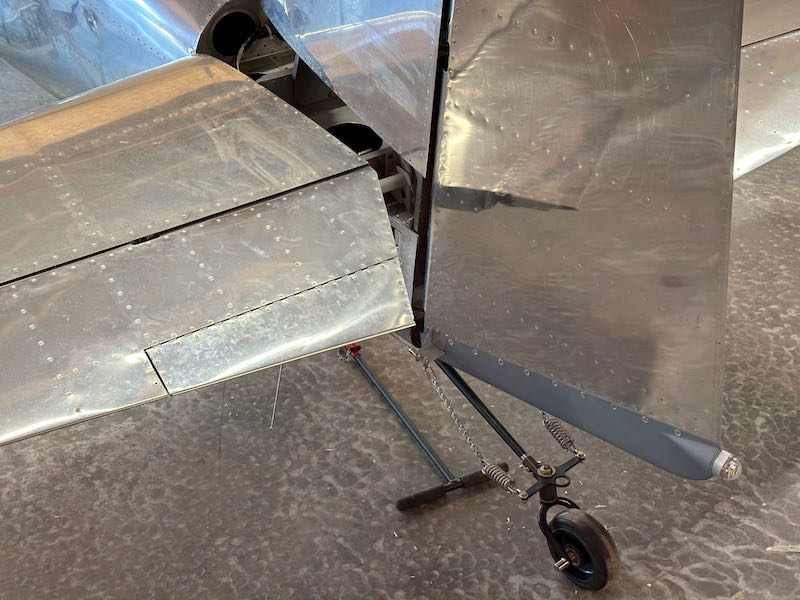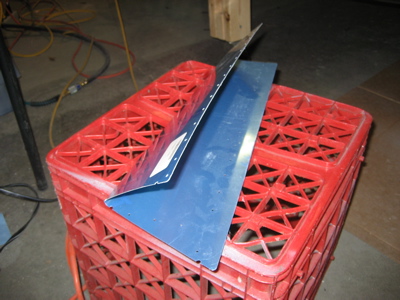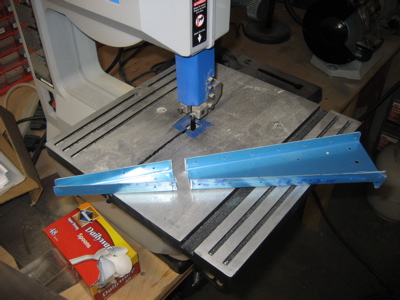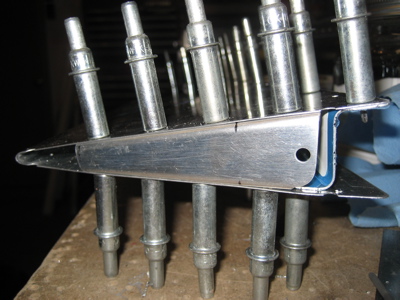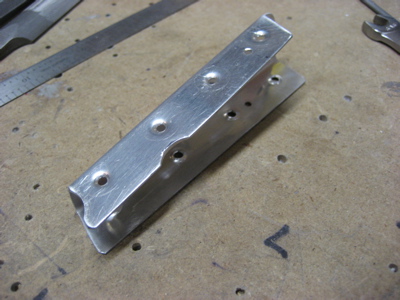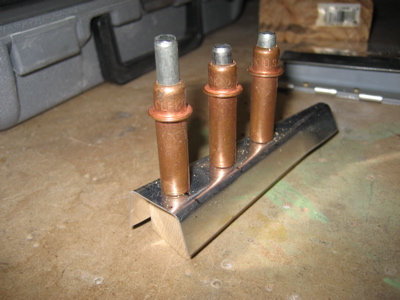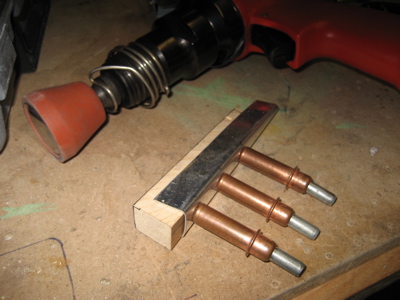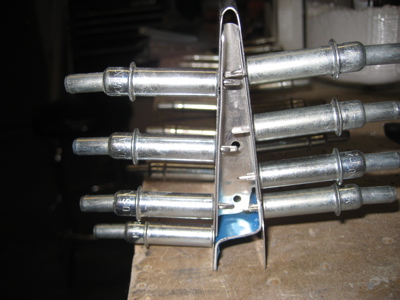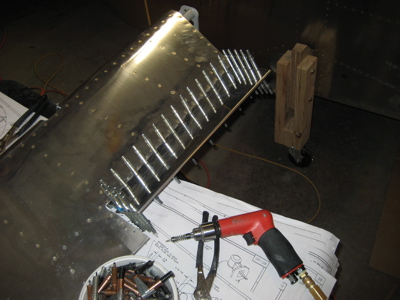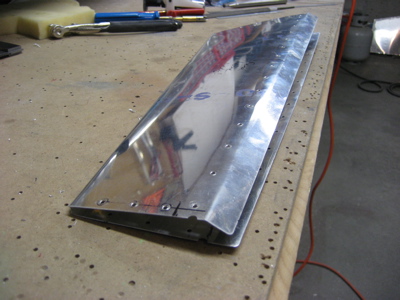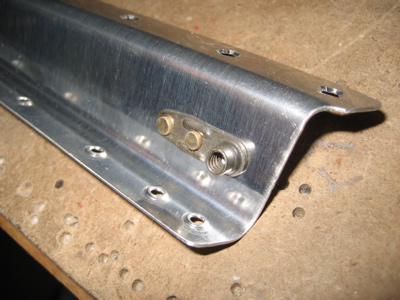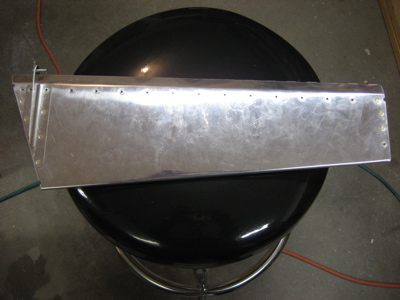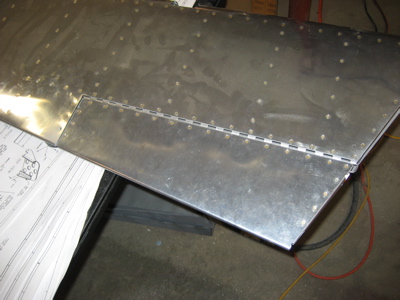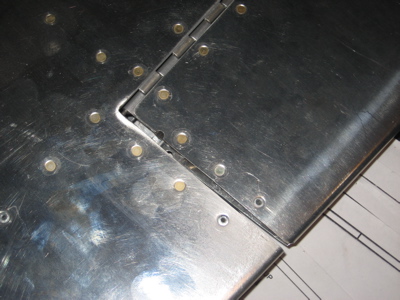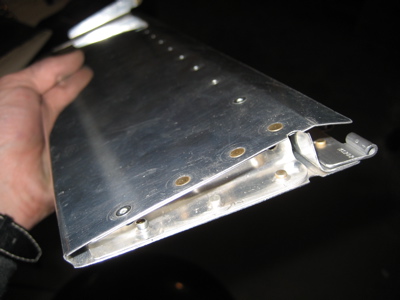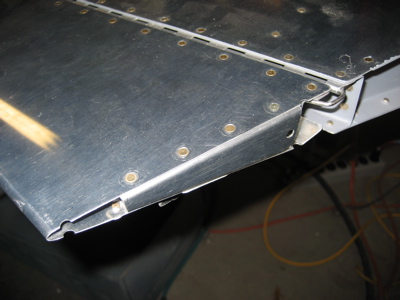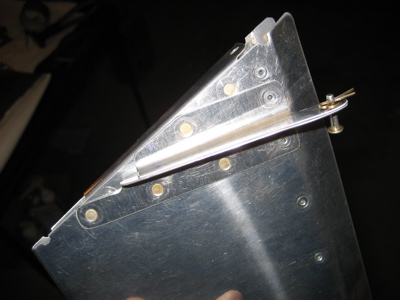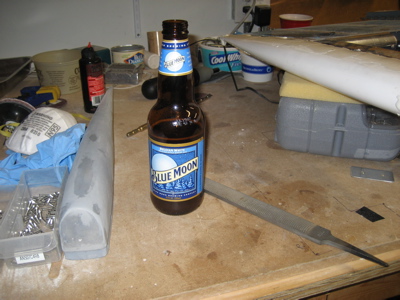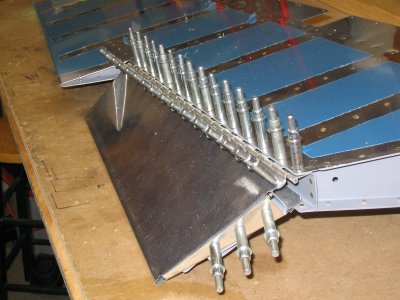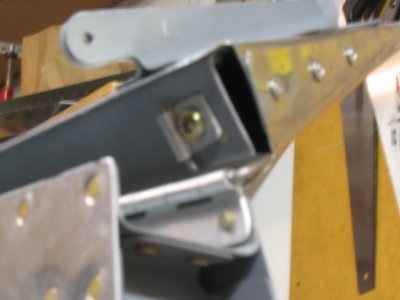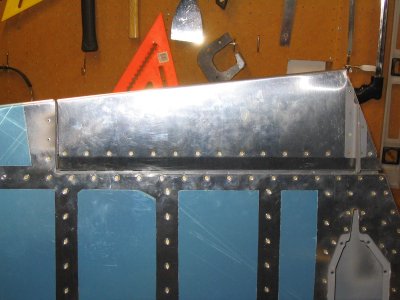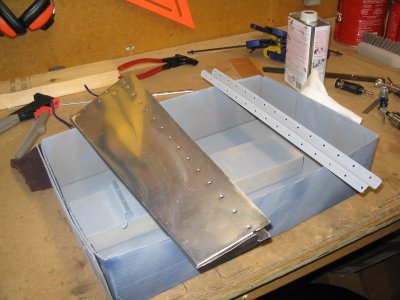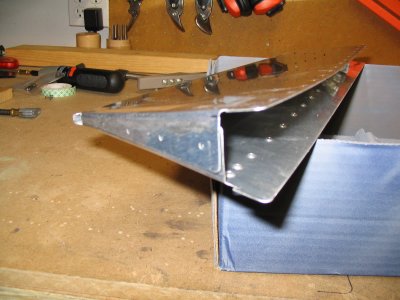I pulled the elevator trim servo and associated parts out of storage so I could finish the pitch trim installation. The wiring here requires some kind of connector so you can remove the servo and/or the entire elevator, and furthermore whatever connector you use has to be able to pass through the 7/16" ID bushing in the elevator spar. Taking a page from RC aircraft, I decided to use a model airplane servo connector for the trim position wires, and an XT30 power connector for the servo motor itself. These I soldered to the wire pigtail and secured with heatshrink:
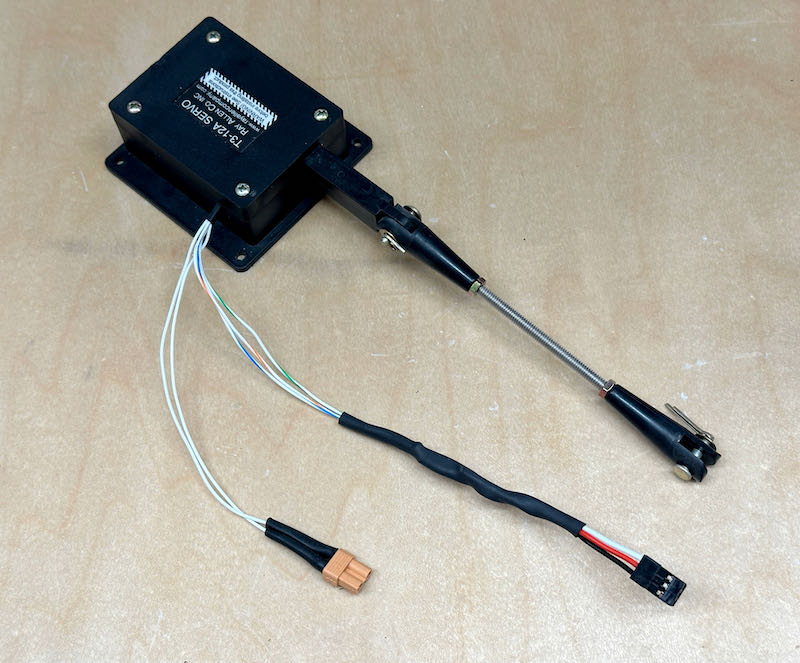
The above job was pretty easy since I was able to do it on my spacious, well-lit workbench using my good soldering station. By contrast, the mating connectors on the airplane were more of a pain since I had to use my crappy old Radio Shack portable iron while laying awkwardly on the ground under the tail. If I was smarter I would have done this when I was originally fabricating the wiring harness for the tail, but I clearly wasn't thinking far enough ahead.
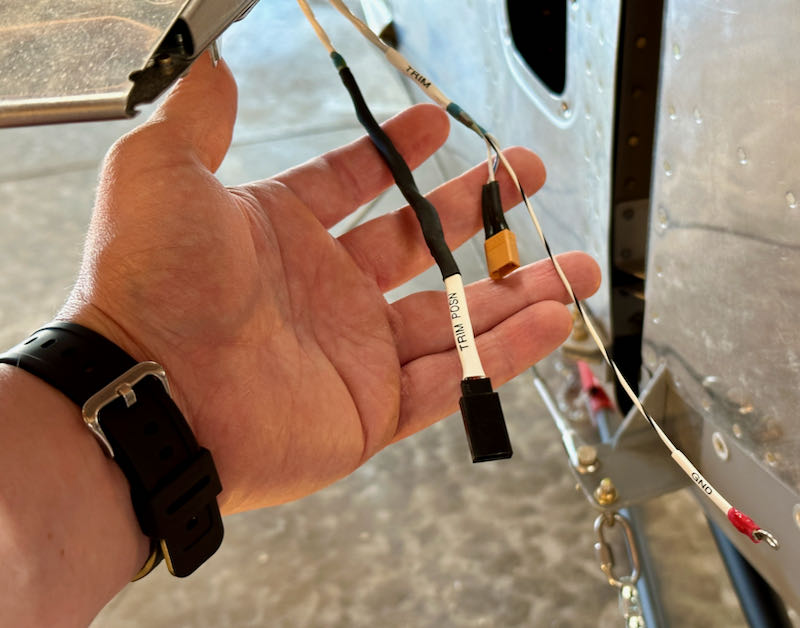
After testing to make sure it was correct, I bundled up all this wiring and stuffed it into the elevator along with the trim servo. The power wires are shielded in accordance with the G3X manual, and the shield is grounded to the airframe using one of the servo mounting screws:
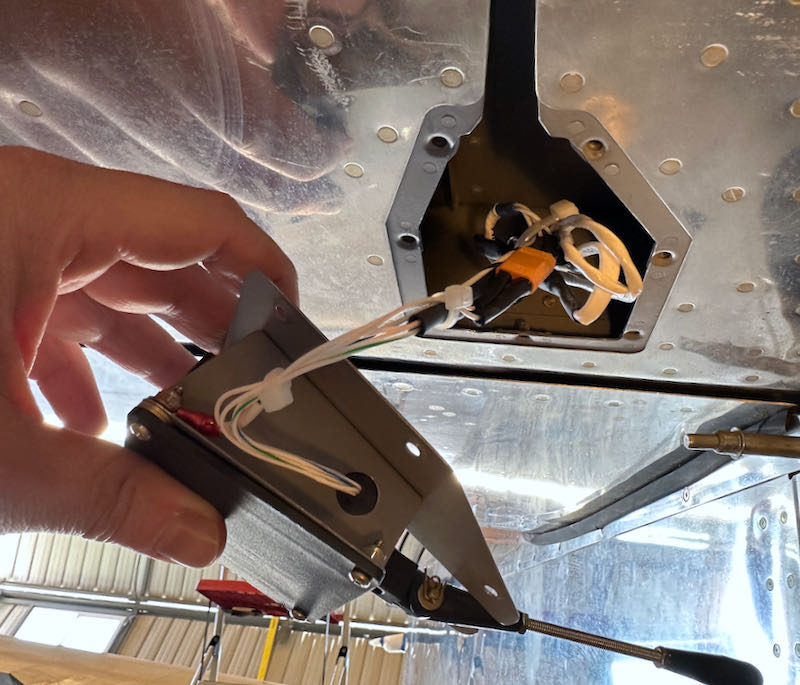
I don't have the cockpit trim controls installed yet, but I am able to run the trim by selectively grounding the individual loose wires that will eventually go to the stick grip switches. I did some minor fiddling with the trim linkage until I had roughly equal travel up and down, a little over 22° each way. The plans say this should be "25-35 degrees maximum", which isn't particularly clear or helpful. If I need more or less trim at some point down the road, I can always come back and adjust this.
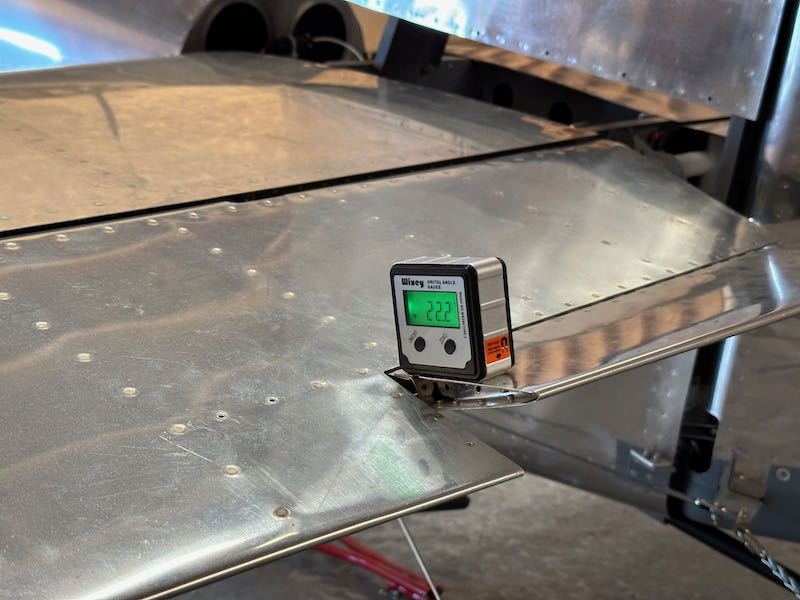
I installed the clevis and cotter pin, so the elevator trim is properly connected now in all senses:
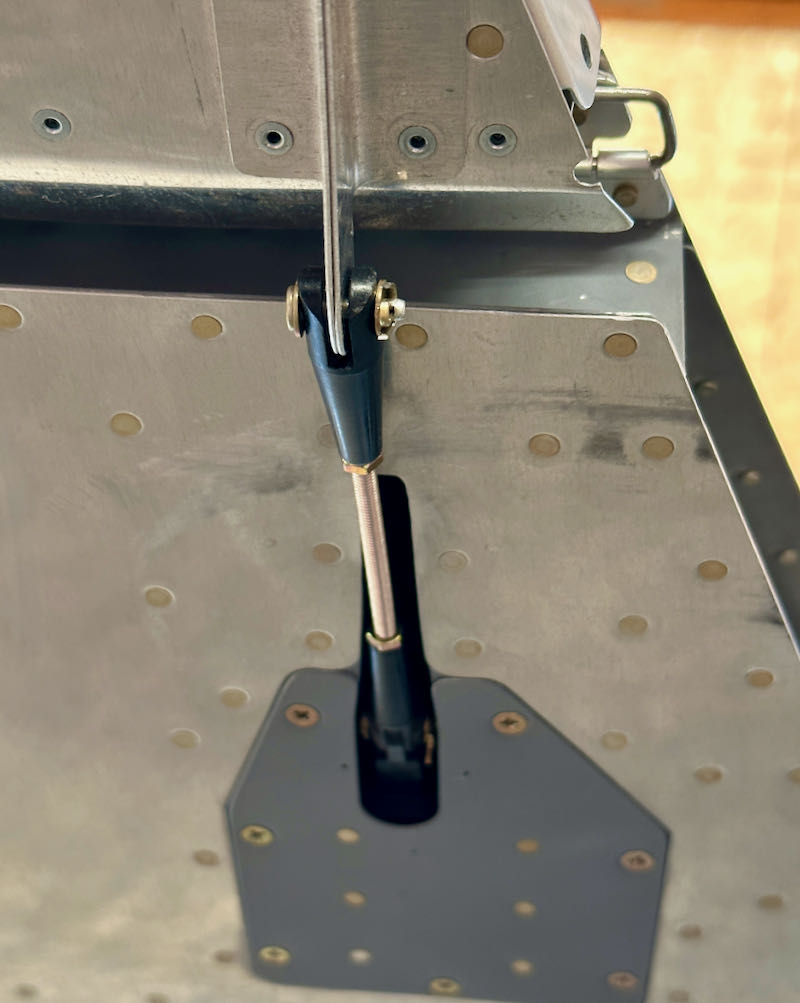
I did a quick calibration of the G3X elevator trim gauge, and happily everything seems to be working electrically:
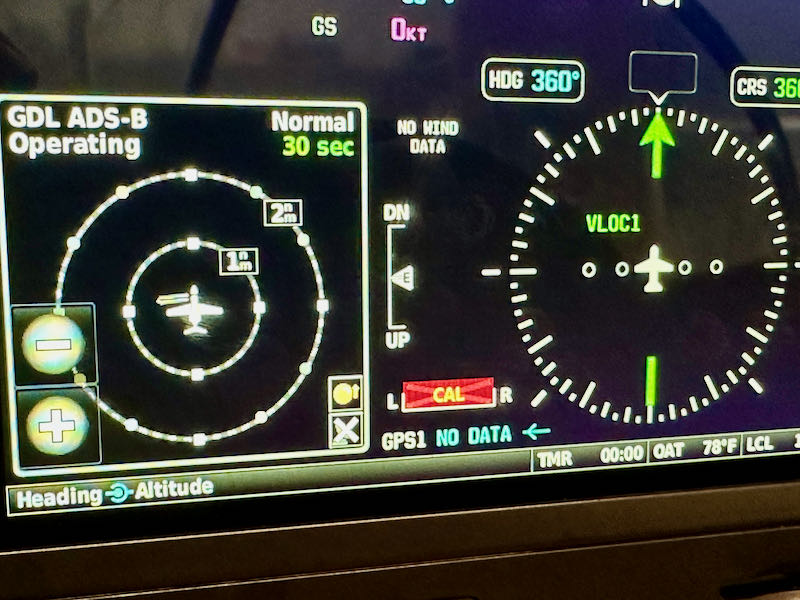
So that's one more flight control surface finished, a small but satisfying milestone:
